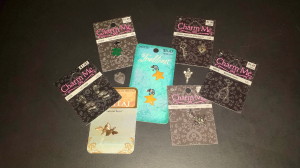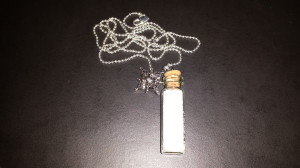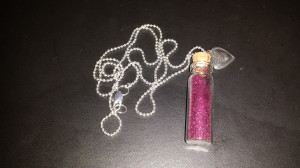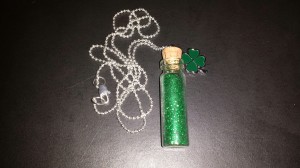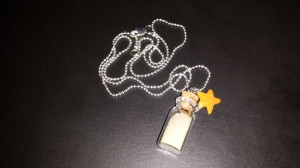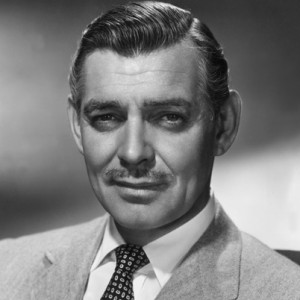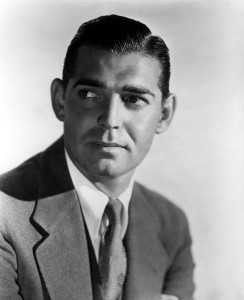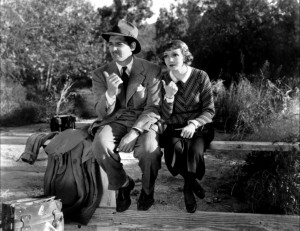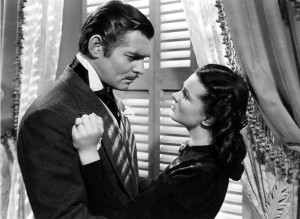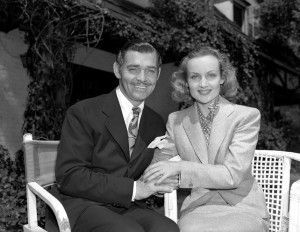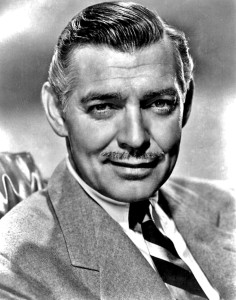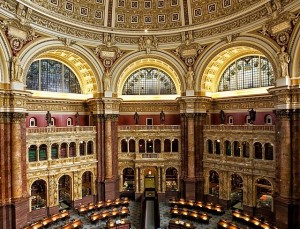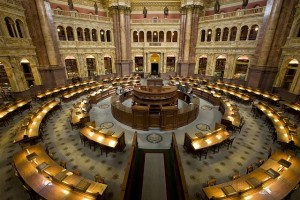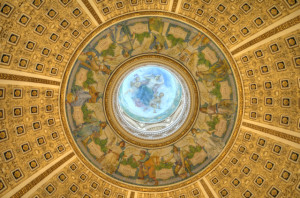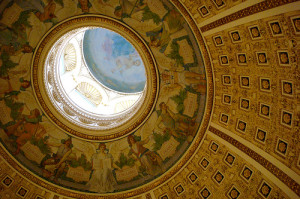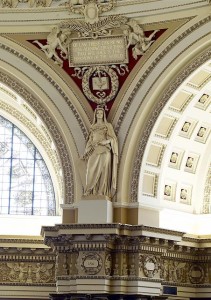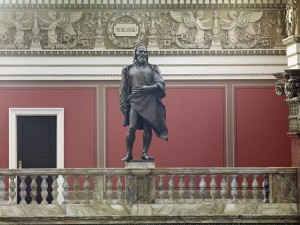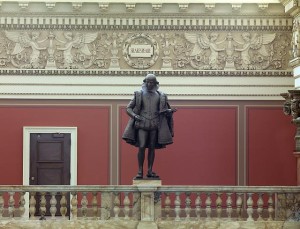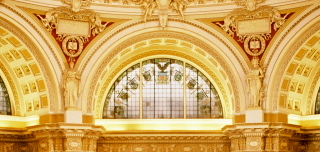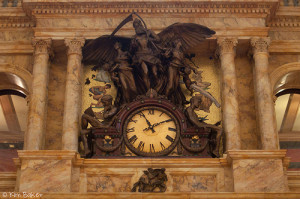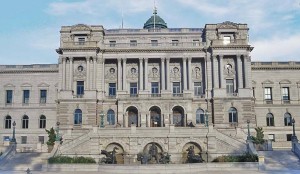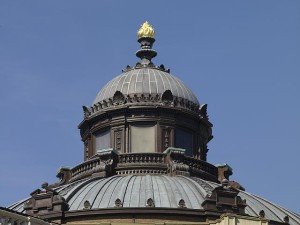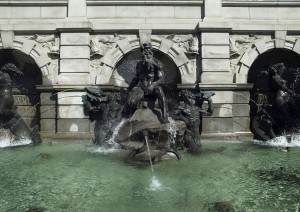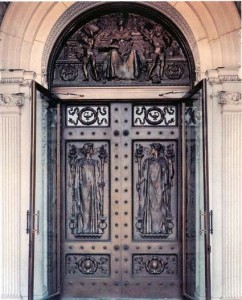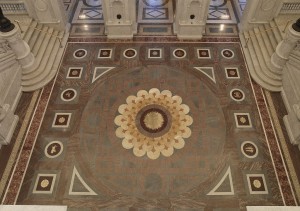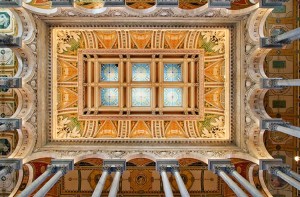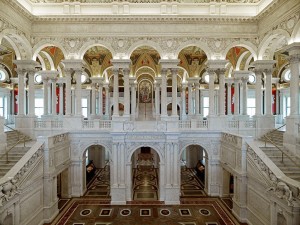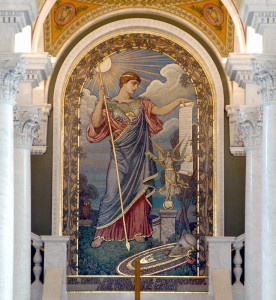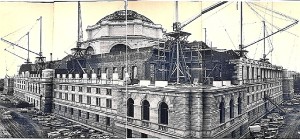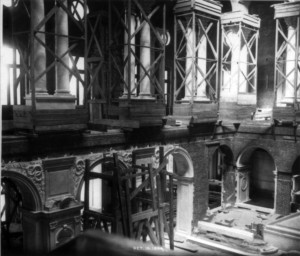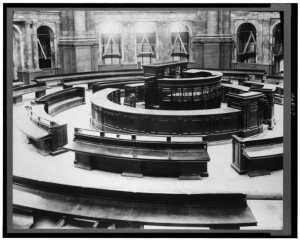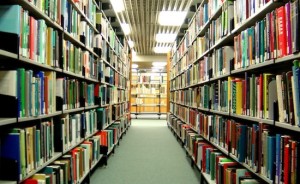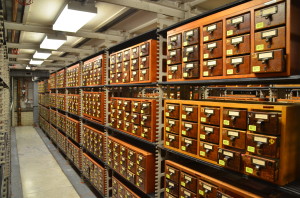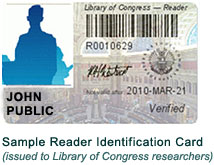I have seen a variety of miniature bottle necklaces on many different craft websites. These miniature bottle necklaces would make great gifts for children or adults and they could also make wonderful paper favors for a little girl’s birthday celebration. For this post I will go into detail on the supplies needed for several themed miniature bottle necklaces with ideas for several more.
Supplies for miniature bottle necklaces
In general, the supplies need to make a miniature bottle necklace are very minimal but the important thing to remember is that the shape of the bottle, the content used inside the bottle, the selection of chain or ribbon used to wear the bottle and any additional charms attached to the bottle. All these elements will create the unique style for each individual miniature bottle necklace.
Miniature bottles – Miniature bottles come in a variety of sizes. The content of the bottle or personal preference should be taken into consideration when selecting a miniature bottle. The bottles can be found in the jewelry section of most major craft stores and they range in size from very small to large.
CRAFT NOTE: For the craft projects shown in this post I used miniature bottle sizes ranging in size from one inch to over two inches in length.
Content for the miniature bottle necklaces – The content of each bottle is defined as the filling used inside the bottle necklace, some suggested contents can be glitter, sand, or maybe a liquid such as honey or colored water. Here is another filling suggestion … who remembers those mustard seed necklaces from their childhood? Others content ideas are small watermelon seeds, tiny seashells or pine cones or acorns. The content selection is only limited by the imagination and the size of the bottle.
CRAFT NOTE: The important thing to remember is that no matter what the content is used for the miniature bottle necklace, the lid needs to be securely attached to prevent the contents from leaking or spilling.
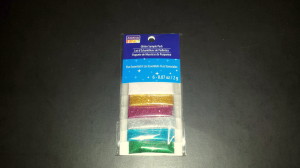
Necklace used to hang or wear the miniature bottle – The miniature bottle will be hung on a necklace to wear as a piece of jewelry. The necklaces can variety in style, such as chains, thin ribbon or silk cords. The length of the necklace is determined by personal preference.
Optional charms – A variety of charms can be attached to the bottle and the charm is usually suggested by the content of the bottle, such as a bottle filled with snow-like glitter has a snowflake charm or a bottle filled with sand has a starfish charm or a bottle filled with honey has a bee charm. CRAFT NOTE: The use of a charm attached to the miniature bottle necklace will add personality and interest to the jewelry’s appearance.
The following are few ideas for miniature bottle necklaces:
Wish or Fairy-dust miniature bottle necklace
This is one of the most common of styles for a miniature bottle necklace. Shown below are two wish miniature bottle necklaces. The bottles are filled glitter (one silver glitter and the other gold glitter), worn on a silver chain necklace and with a special “wish” charm attached (one has a silver fairy charm and the other a silver wishbone charm)
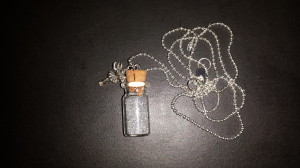
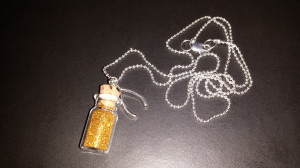
Seasonal -themed miniature bottle necklace
This first seasonal miniature bottle necklace is filled with white glitter that is meant to resemble snow. The bottle is accessorized on a silver chain necklace with a silver snowflake charm attached.
This Valentine-themed miniature bottle necklace is a lovely idea for a present to give to a loved one or perhaps a gift for a child’s special teacher. The bottle is filled with red glitter accessorized on a silver chain necklace with a silver heart charm attached.
Here is a cute idea to wear green on this Irish special holiday; it is a bottle filled with green glitter, worn on a silver chain necklace with a silver green enameled four-leaf clover charm attached. Another idea for a St. Patrick Day themed miniature bottle necklace is a bottle filled with gold glitter with a small leprechaun charm attached.
This miniature bottle necklace is a wonderful way to remember the beach or a special summer vacation. The bottle is filled with sand, worn on a silver chain necklace with a silver enameled starfish charm attached. Another idea for a beach-themed miniature bottle necklace is to add small seashells inside the bottle with just a little amount of sand.
“Honey-pot” miniature bottle necklace
This sweet idea for a miniature bottle necklace, it is a bottle filled with honey, worn on a silver chain necklace with a bronze-colored metal bee charm attached. When wrapping the bottle necklace as a present here is a special idea – put it in a small gift box and include a note referring to the “sweetness of life”.
As you can see from the ideas above, there are endless combinations for making these simple and inexpensive miniature bottle necklaces for any occasion and holiday.


